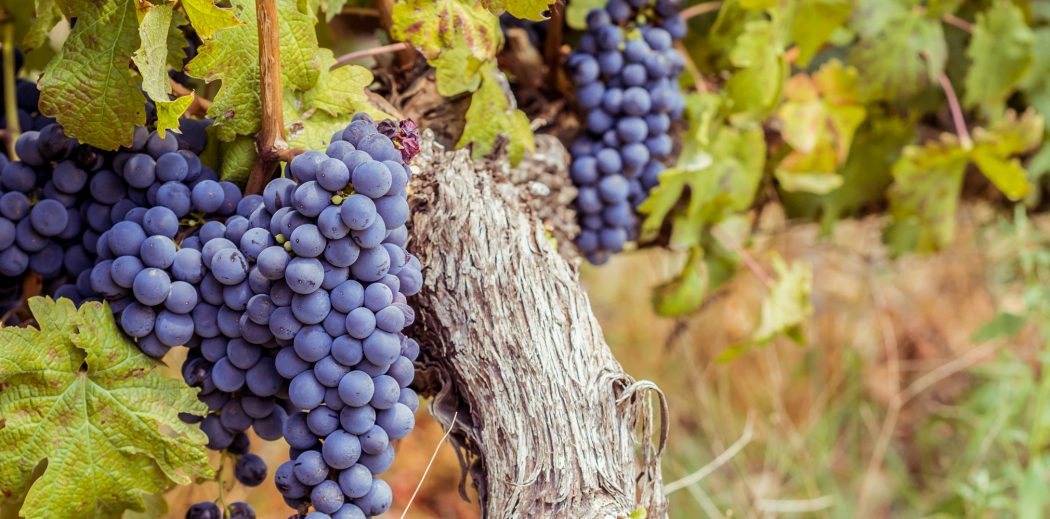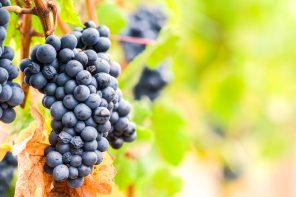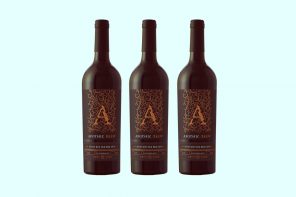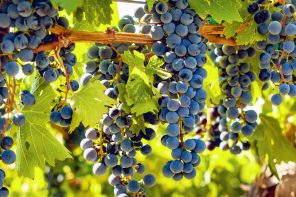For red wine lovers everywhere, a big glass of Cabernet was most likely the gateway into the world of wine obsession-and it’s no surprise why. The big, boisterous palate full of fruit-forward flavors and a powerful backbone, make the wine super easy to drink, especially for a palate not yet accustomed to the vast flavor profiles wine can offer. So what exactly is Cabernet Sauvignon, and why does everyone love it so much?
Cabernet Sauvignon is a cross between Cabernet Franc and Sauvignon Blanc, two native French varieties. The grape gets its name as a hybrid of the two, with ‘Sauvignon’ deriving from the French word for ‘wild’ (sauvage). The crossing originally took place in the 1600s in southwestern France, with the intentions of creating a variety resistant to rot, insects and frost (by budding late). In just a few short centuries, the grape became one of the most widely planted varieties in the world, dominating vineyards across the globe.
Known for its starring role in age-worthy blends on Bordeaux’s Left Bank, the grape has also gained large traction in Australia, Chile, Lebanon and California, specifically in the Napa Valley. The grape generally produces full-bodied wines high in tannins and acidity, which are the backbone for long-term aging in wine. When grown in cooler climate regions, Cabernet Sauvignon produces wines with a ‘green’ flavor profile, exuding notes of bell pepper and mint. In warmer climates, wines take on black currant and sappy cherry flavors noted with cedar and spice. And of course, when new oak is introduced, baking spice, vanilla and creamy nutmeg flavors also become prominent.
The grape is so easy to manipulate, based on climate, harvest decisions and oak influence. Therefore, the final profile of a Cabernet-based wine is highly influenced by the winemaker producing it. Oftentimes, the grape is vinified along with other grapes. Generally, Merlot, Carmenere, Petit Verdot or even Syrah, are used to add texture and balance to these powerful wines. In terms of actual fruit, Cabernet Sauvignon is small and thick-skinned, giving way to high levels of phenols and tannins. The fruit is generally fermented at high temperatures, used to extract flavor and color from the must.
And in terms of the wallet, Cabernet Sauvignon produces wines across the spectrum, from single-digit, magnum bottles of ‘affordable wine,’ all the way up to $1,000+ cult Napa Cabs and 5-figure bottles of First Growth Bordeaux. No matter what your budget might be, there’s definitely a bottle of Cabernet for you to sip on. Grab a few different regions and taste the variety’s vast array of expressions for yourself today!








